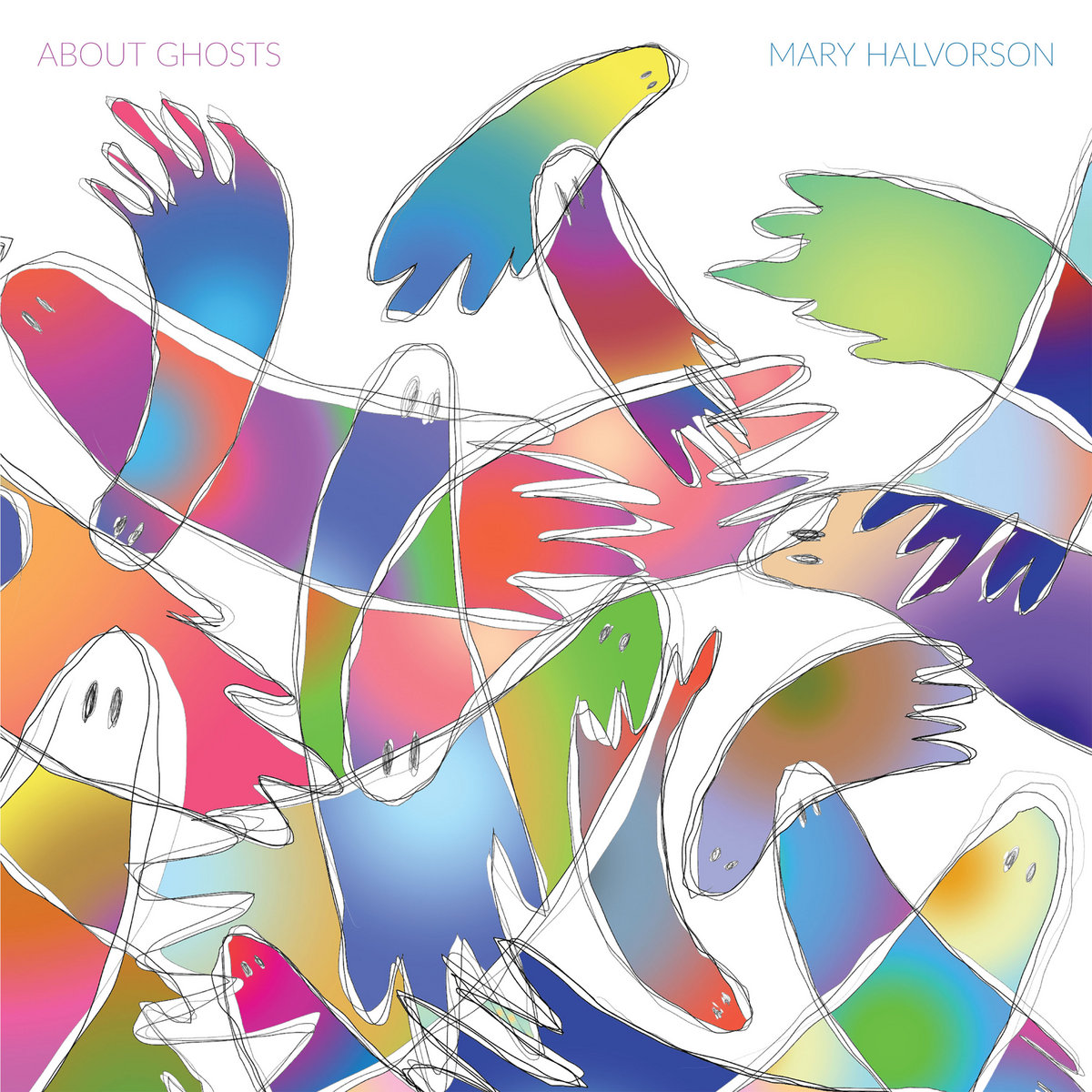You hear Mary Halvorson play a guitar once—it sticks with you. Her tone, both liquid and spiky, burrows into your nervous system on contact. Using a delay pedal and digital effects, she flattens, smears, and discombobulates single notes, which creates an eerie, addictive effect. Her darting, slippery approach makes her songs simultaneously vaporous, brittle, and kinetic. Finding a signature style so early in your career (Halvorson first gained notice as a member of Mr. Bungle guitarist Trevor Dunn’s band in the mid-aughts) can be dangerous. Musicians, particularly jazz artists, who rely on a singular trick run the risk of stagnation. As a player and bandleader, Halvorson has always found a wealth of different ways to work her urgent and dislocated magic, and it would be very easy and enjoyable to listen to her fiercely dismantle and reassemble her fervently indeterminate melodic lines album after album. Instead of dominating with virtuosity, however, Halvorson prefers to insinuate, often submerging her balletic verve beneath contrasting textures and busy, interlocking rhythms.

For her last two albums, Halvorson has used strings to bolster her sound, working with avant-garde colossus Laurie Anderson on last year’s Cloudward and the Mivos Quartet on 2022’s Belladonna and Amaryllis (They were released on CD separately, but as a double LP set). For this one, released June 13 on Nonesuch, she added saxophonists Immanuel Wilkins on alto and Brian Settles on tenor. In addition to regular sextet members Adam O’Farrill on trumpet and Jacob Garchik on trombone, it’s a lot of brass, and About Ghosts can swing hard, as “Carved From,” which features tight unison playing behind Halvorson’s most prominent shredding (plus some dazed synth) amply demonstrates. But more often, the horns appear as misty fragments, as on opener “Full of Neon,” or summon an air of oblique romance, as they do on the title track. You’d expect Halvorson’s tactile fretwork to act as the motor of these more elliptical compositions, but the engine’s usually powered by bassist Nick Dunston and drummer Tomas Fujiwara. Halvorson also lets Patricia Brennan’s rippling vibraphone carry quite a few of the melodies—on the reeling “Amaranthine,” the reedy wobble of the guitar mainly serves as accelerant and counterpoint to the antic lead instruments, imparting some needed acidity to deliciously imbalanced trumpet and trombone solos.
More from Spin:
- Devo, The B-52s Make Touring Team
- Brittany Davis Brings The ‘Thunder’ On New LP
- Zoë Dominguez: Still the Queen of Noise
Halvorson’s fondness for nested intricacies can act as a kind of subterfuge—all the activity in these songs disguises the small but crucial components that hold them together. But when she really lets loose—take the reedy staccato riff in the title track that recalls the frenetic pastoral of Sonny Sharrock’s “Blind Willie”—it’s like the arrival of some new species of X-ray, suddenly illuminating not just these songs’ collective spine, but also illustrating the electric pulses that flow up and down it, the chemistry that keeps everything going and the synaptic bursts that run the show. About Ghosts may invoke the departed, but it’s very much alive.
To see our running list of the top 100 greatest rock stars of all time, click here.



